January 28-February 3, 2024
More rain, less snow

Days of warm rain and above freezing temperatures have been increasingly melting much of the scant snow left from winter.
Week in Review
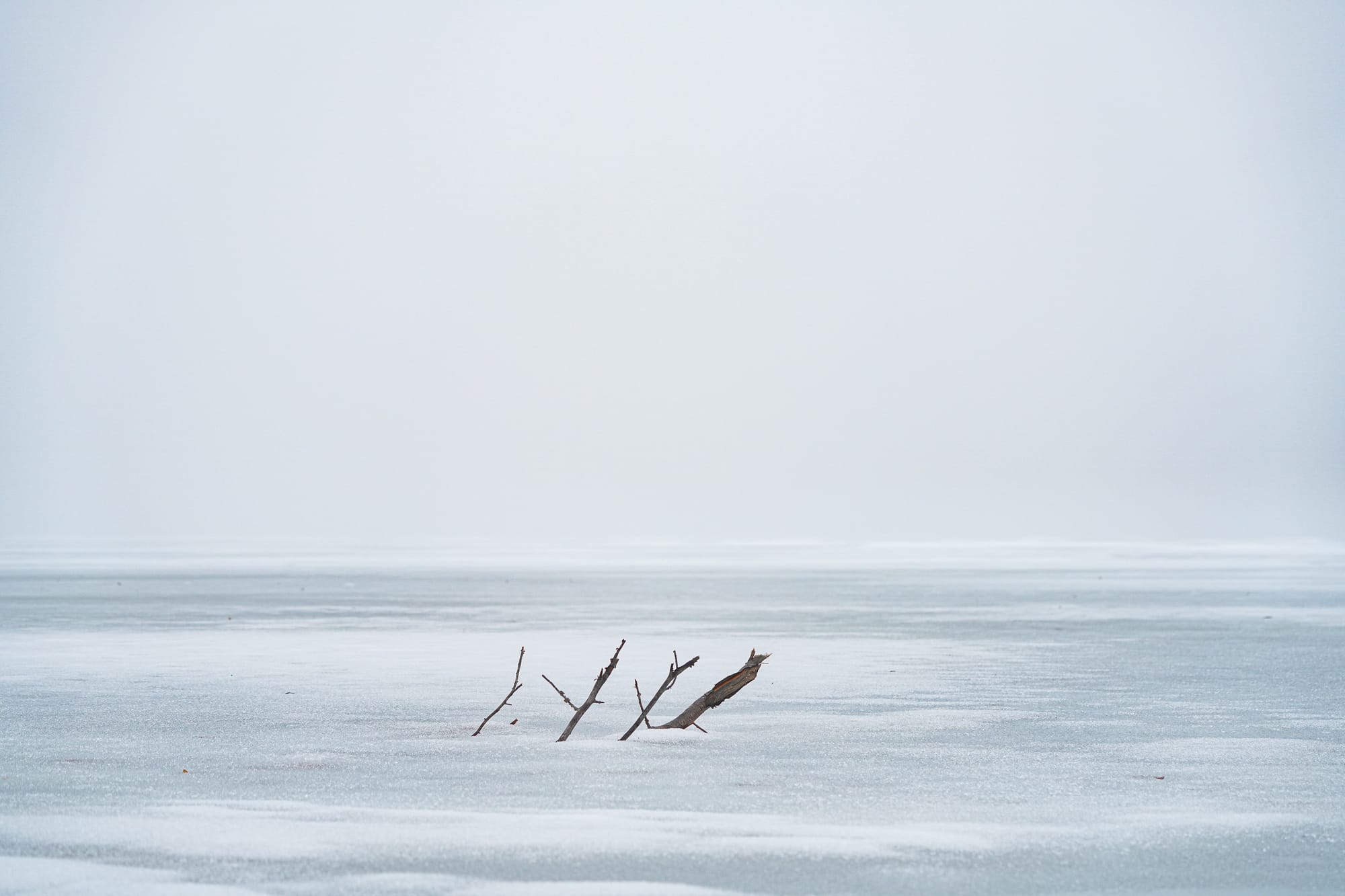
We're still in winter, and there's plenty of snow and ice on the ground, but things are warming up and melting so quickly that there are already inklings of spring-like activity happening all around us.
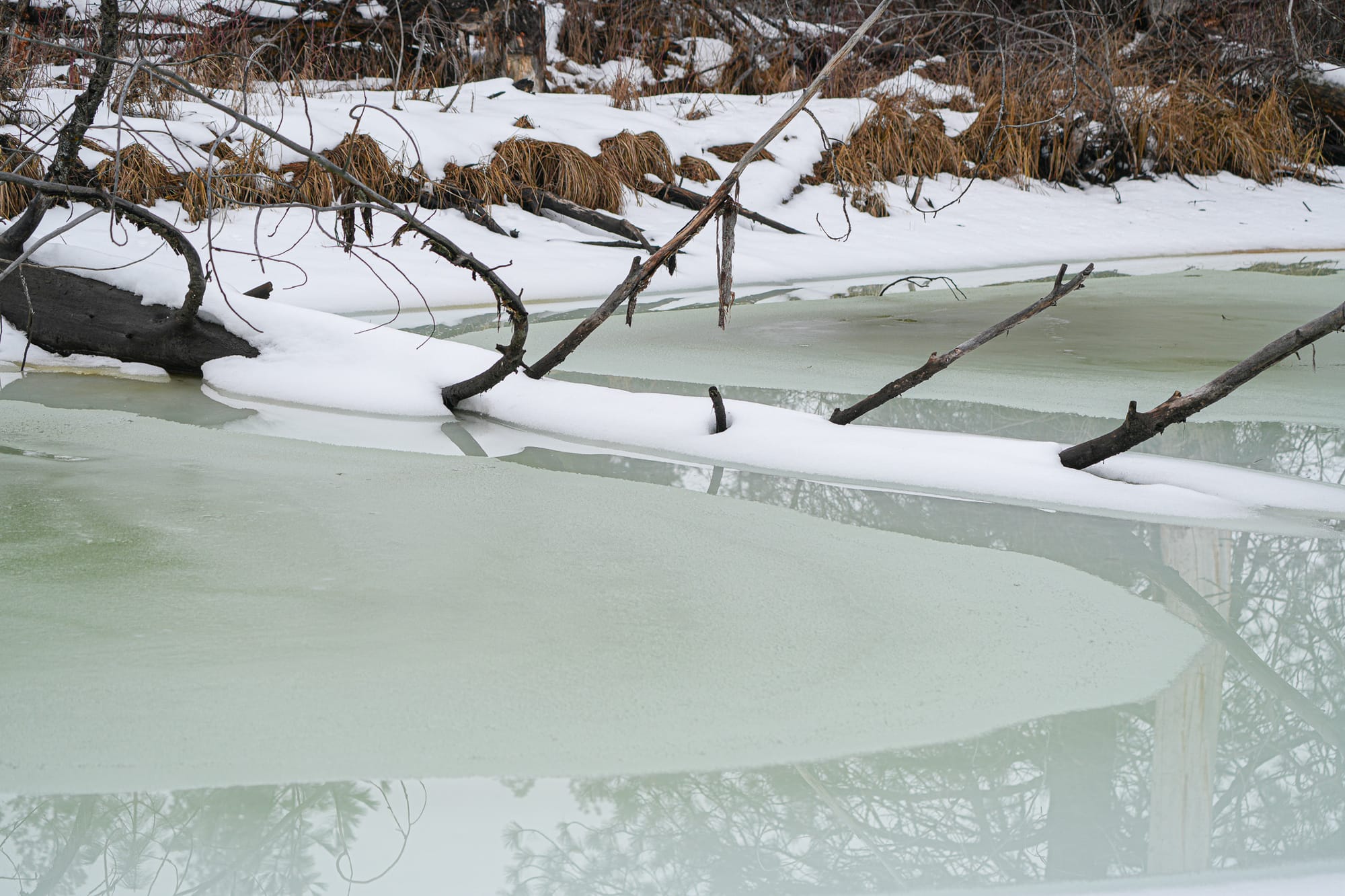
In a way, this is actually a fun time to get outside because you never know what small hints of spring you might detect. For example, someone has already reported a singing American robin, and I've heard singing black-capped chickadees.
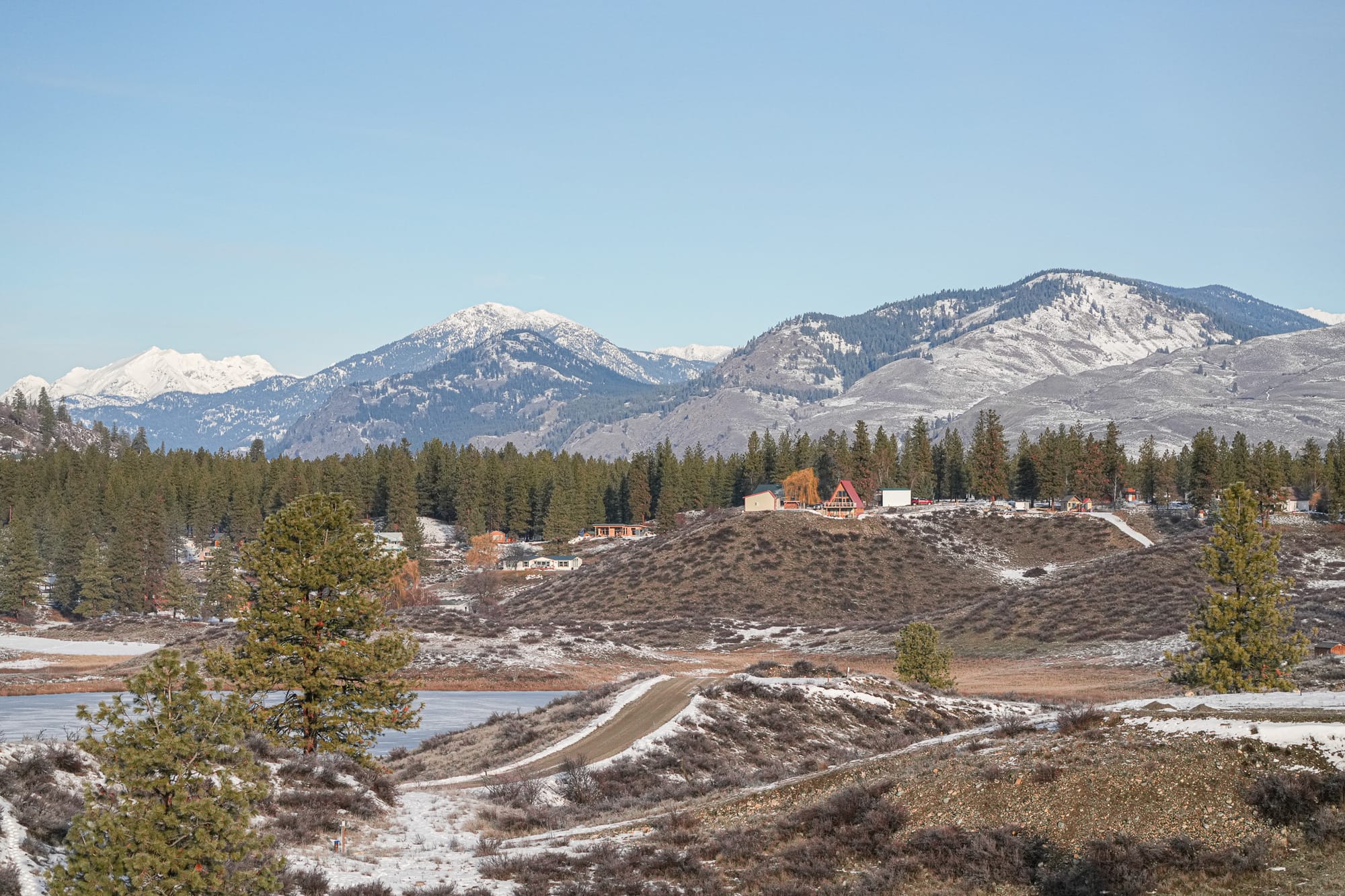
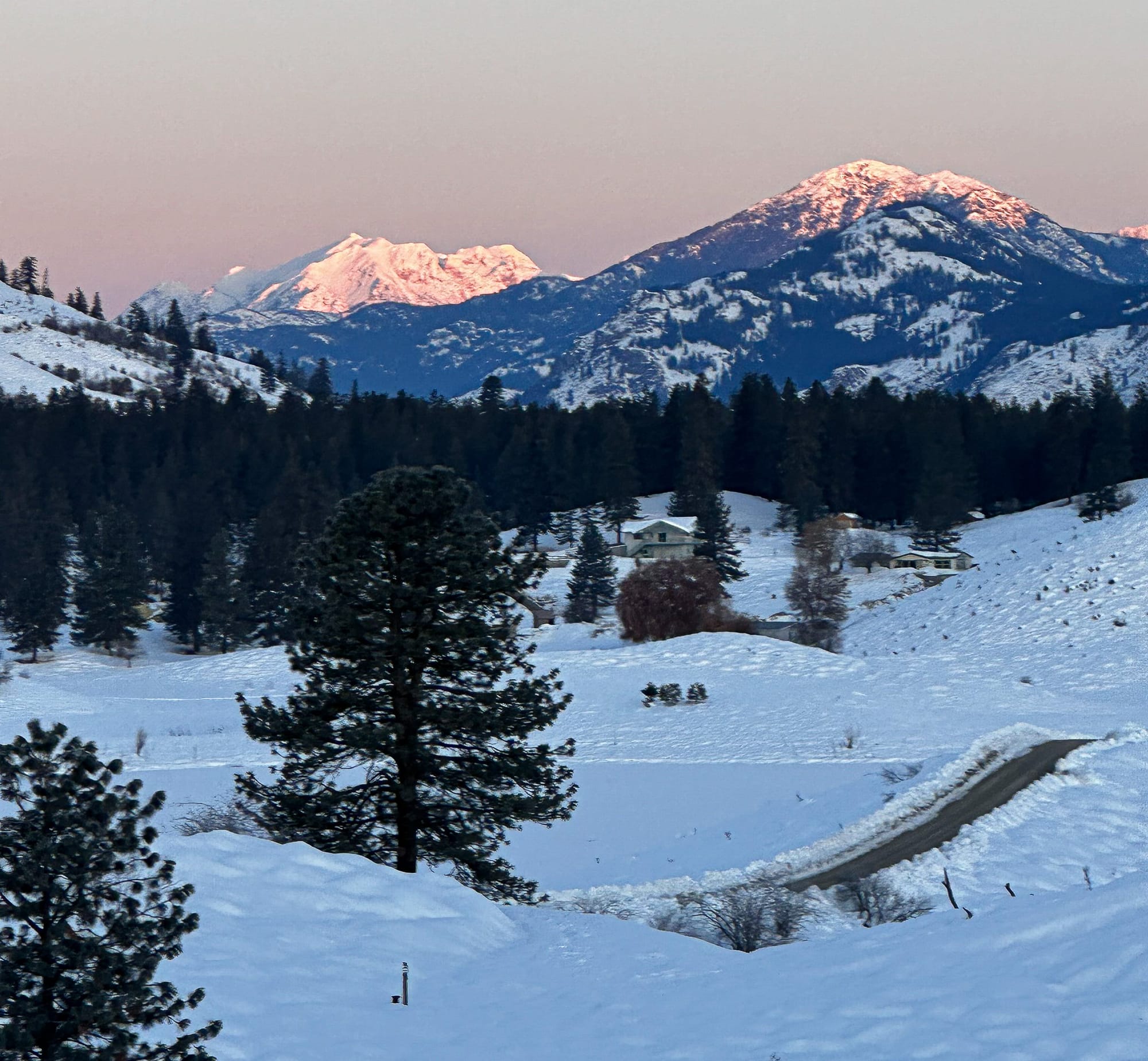
A comparison of snowpacks from this year and last year. Photos by David Lukas and Jade Wolff
Grasses have even started greening up on patches of bare ground, and I wouldn't be surprised if someone soon finds the first tentative leaves of a wildflower emerging from the soil.
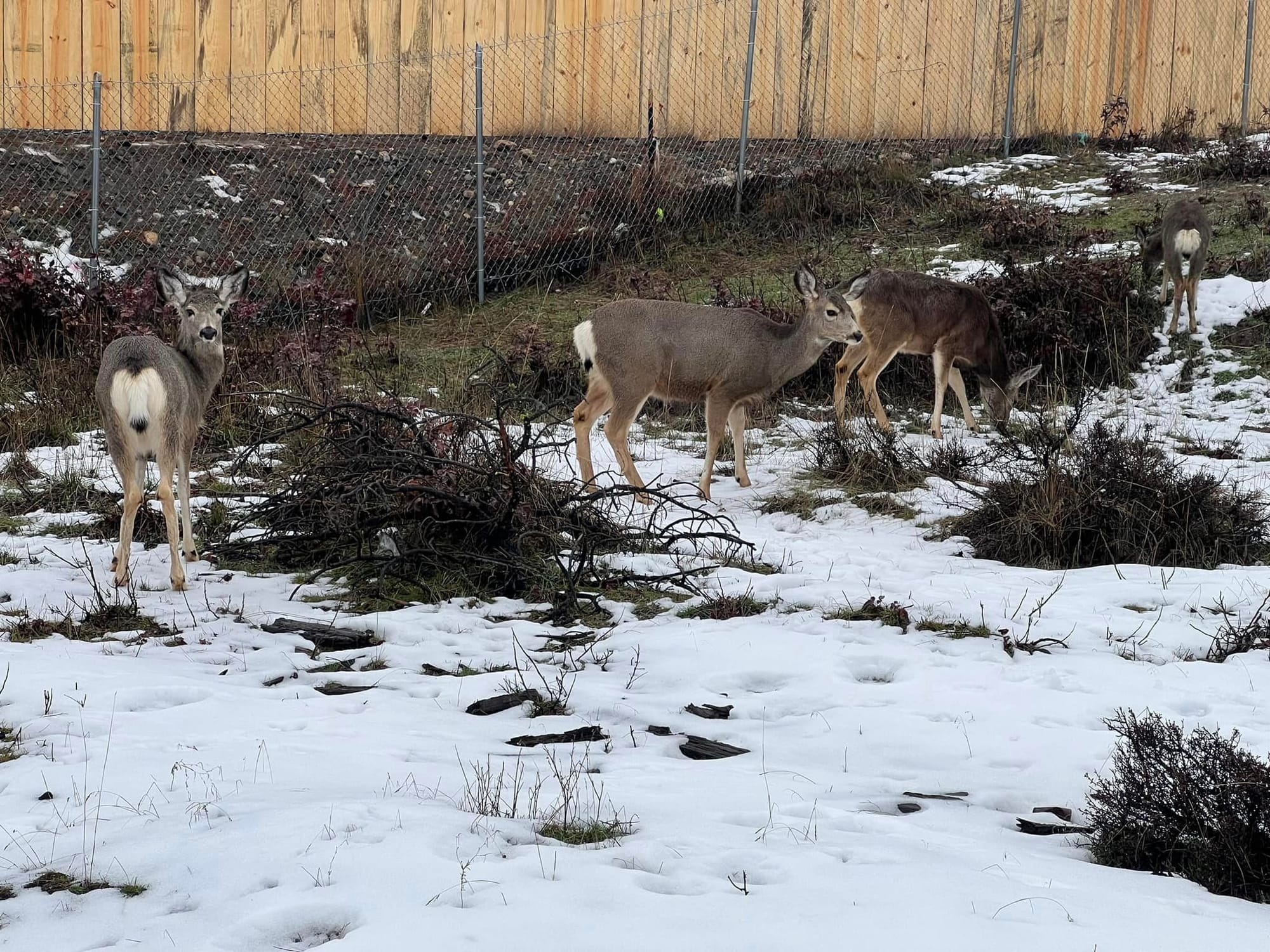
Other changes that I've noticed have been the arrival of large groups of Eurasian collared-doves coming back to our feeder, where they've joined the hardier mourning doves that have been around all winter.
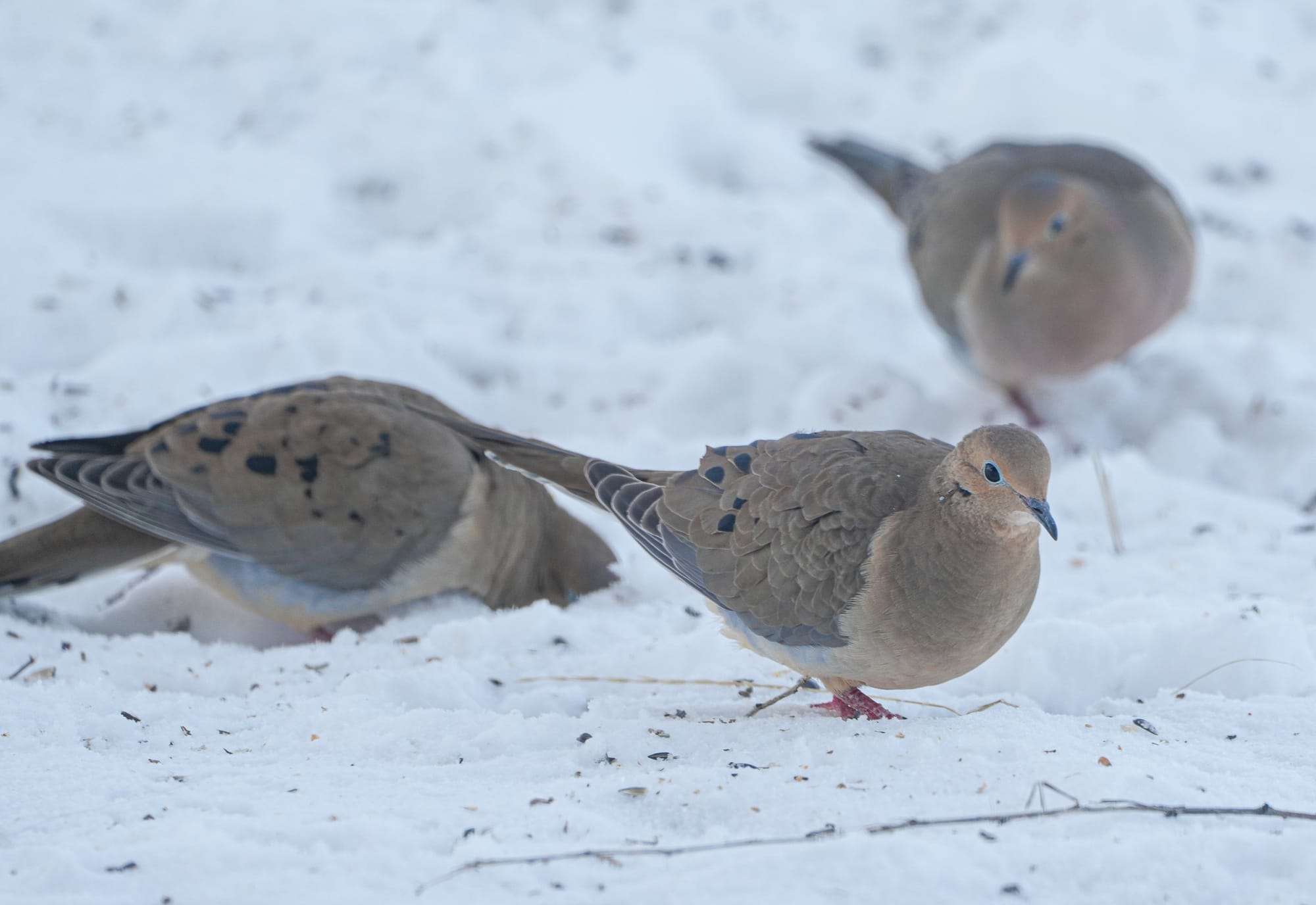
We've also had small groups of very active starlings showing up, and they've even been fighting over an empty nestbox, though I think they're many weeks (or even months?) away from actually nesting.


It's a pleasure to see that our trumpeter swans are still around. I last saw them at Big Twin Lake on January 14, the night before a deep freeze set in. But one of the immature birds was sick and died that night, and the other swans disappeared.
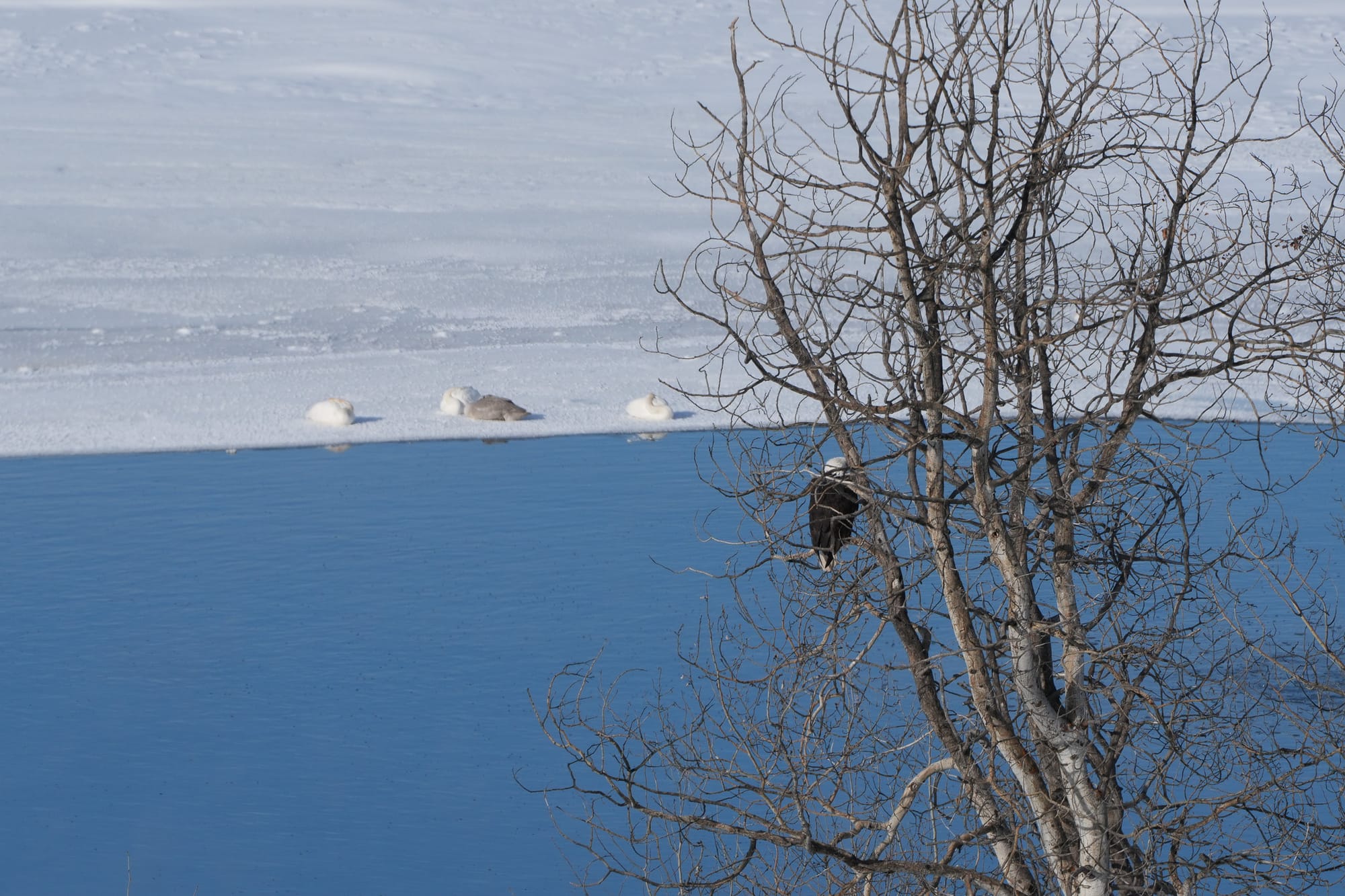
It makes sense that they might have left the valley during this cold snap, though it's possible that they stuck around and were simply overlooked until they were spotted again on February 1. Now that there's more open water as ice melts on the lakes, it's possible that the swans will now be sticking around for the rest of the spring.
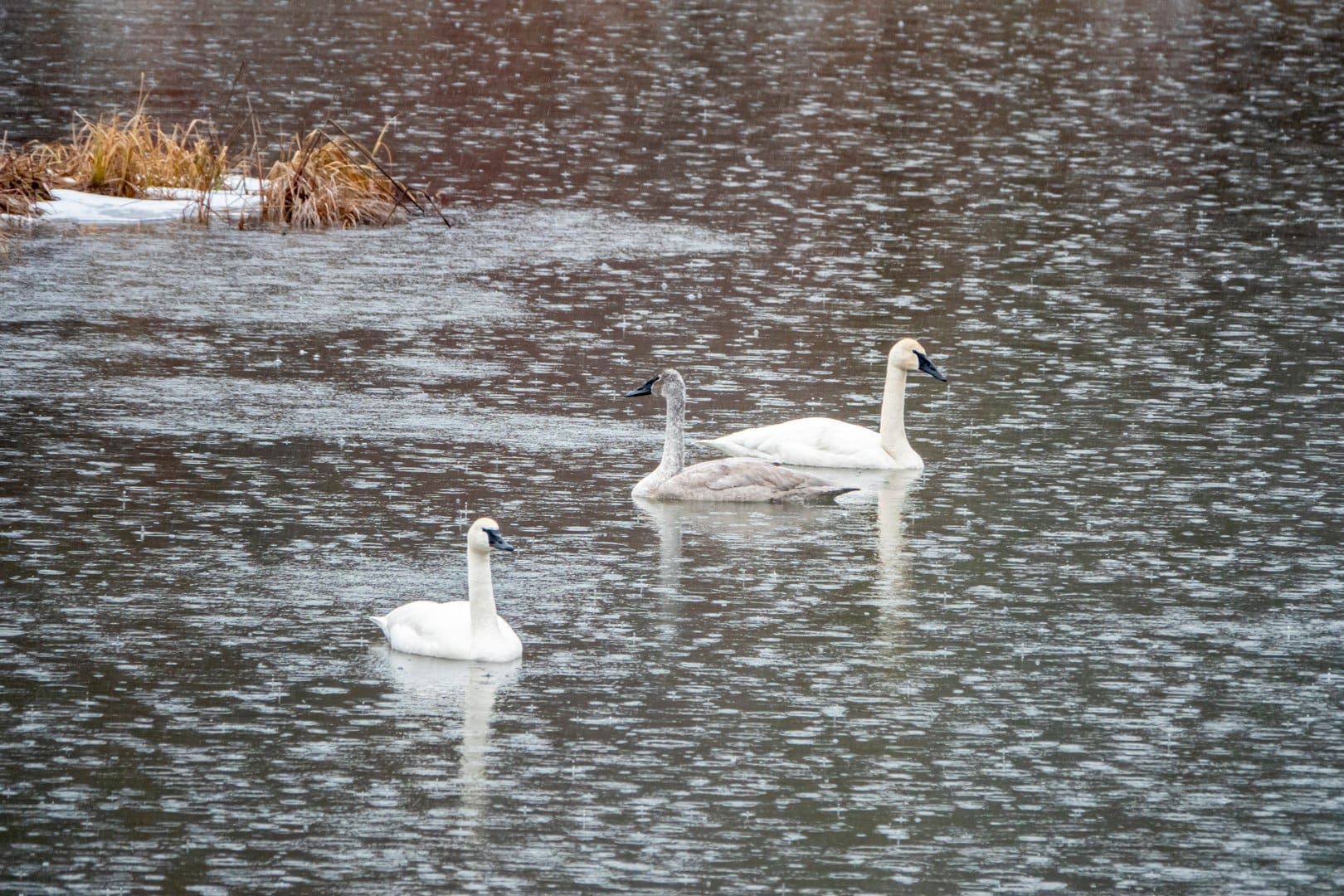
Observation of the Week: Dead Leaves
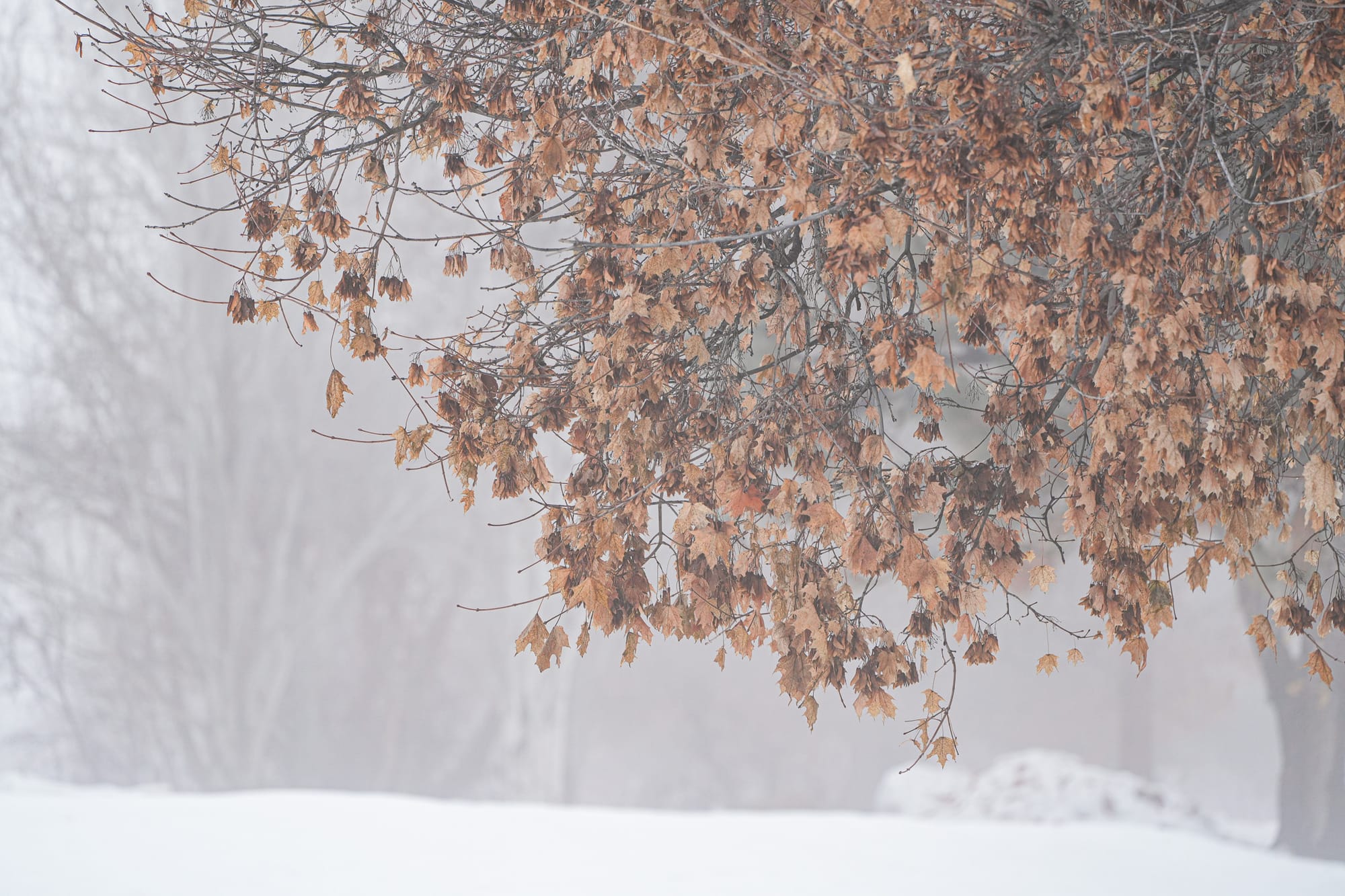
If you think about this carefully, all the leaves that a tree produces in a single year represents a huge investment of energy. Not only that, but those leaves contain a significant quantity of hard-to-acquire nutrients.
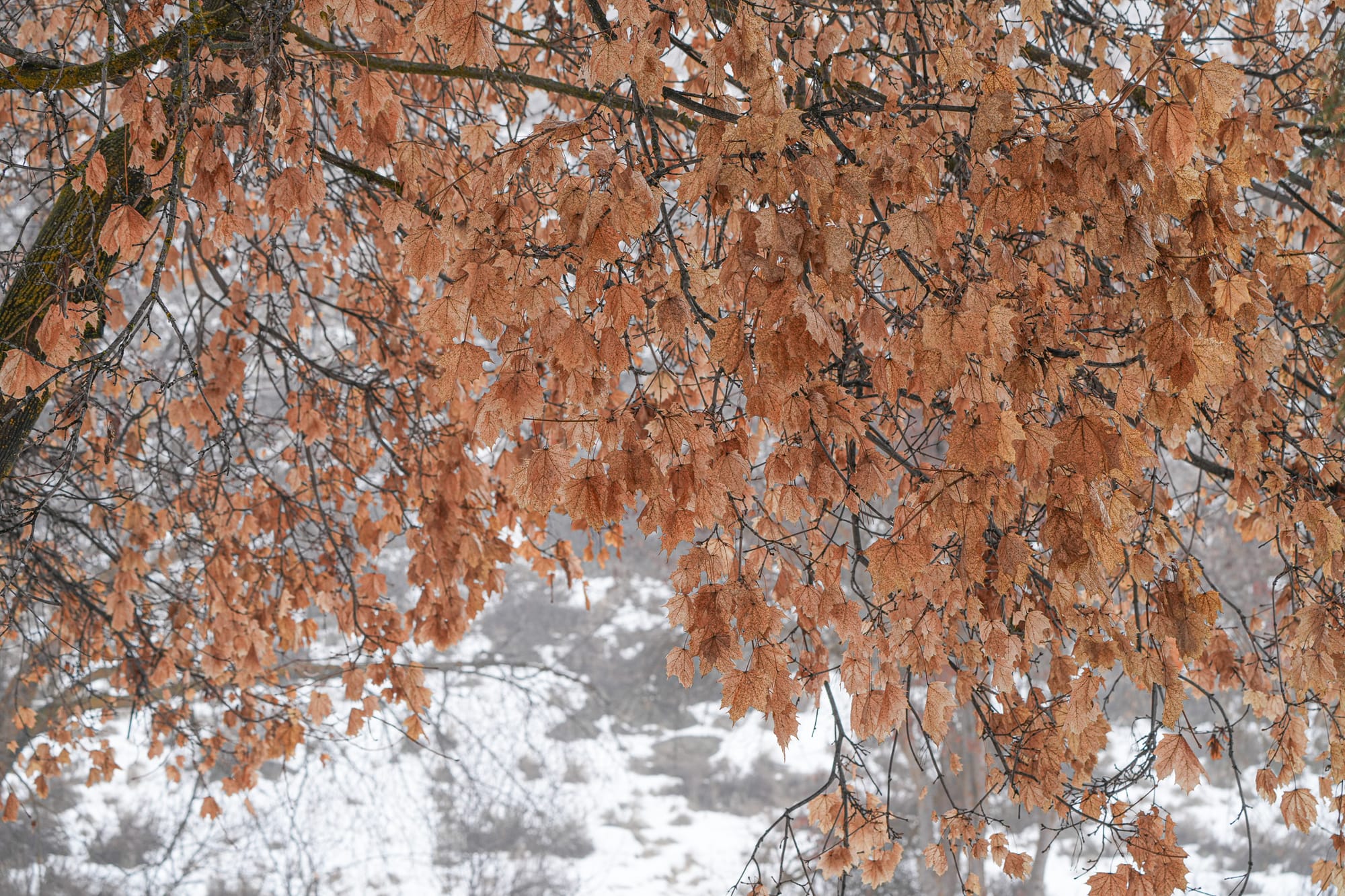
Now ask yourself this question: If all the leaves (on a deciduous tree) die every fall, what is a tree going to do about this?
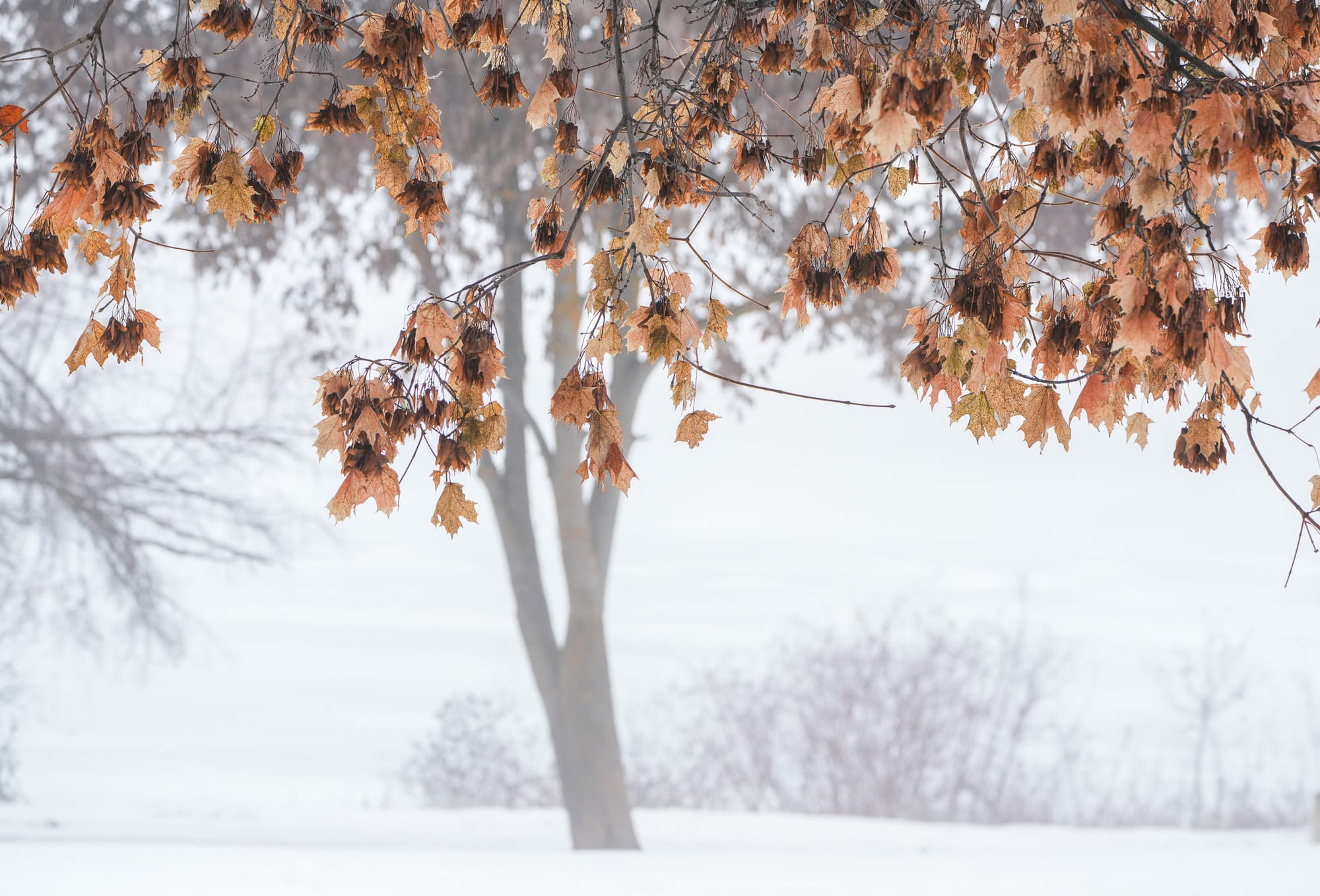
The answer is that dropping all the leaves on the ground could be a monumental mistake because those leaves immediately begin decomposing. At the same time, winter is when a tree shuts down and can't easily use nutrients being released by those decomposing leaves.
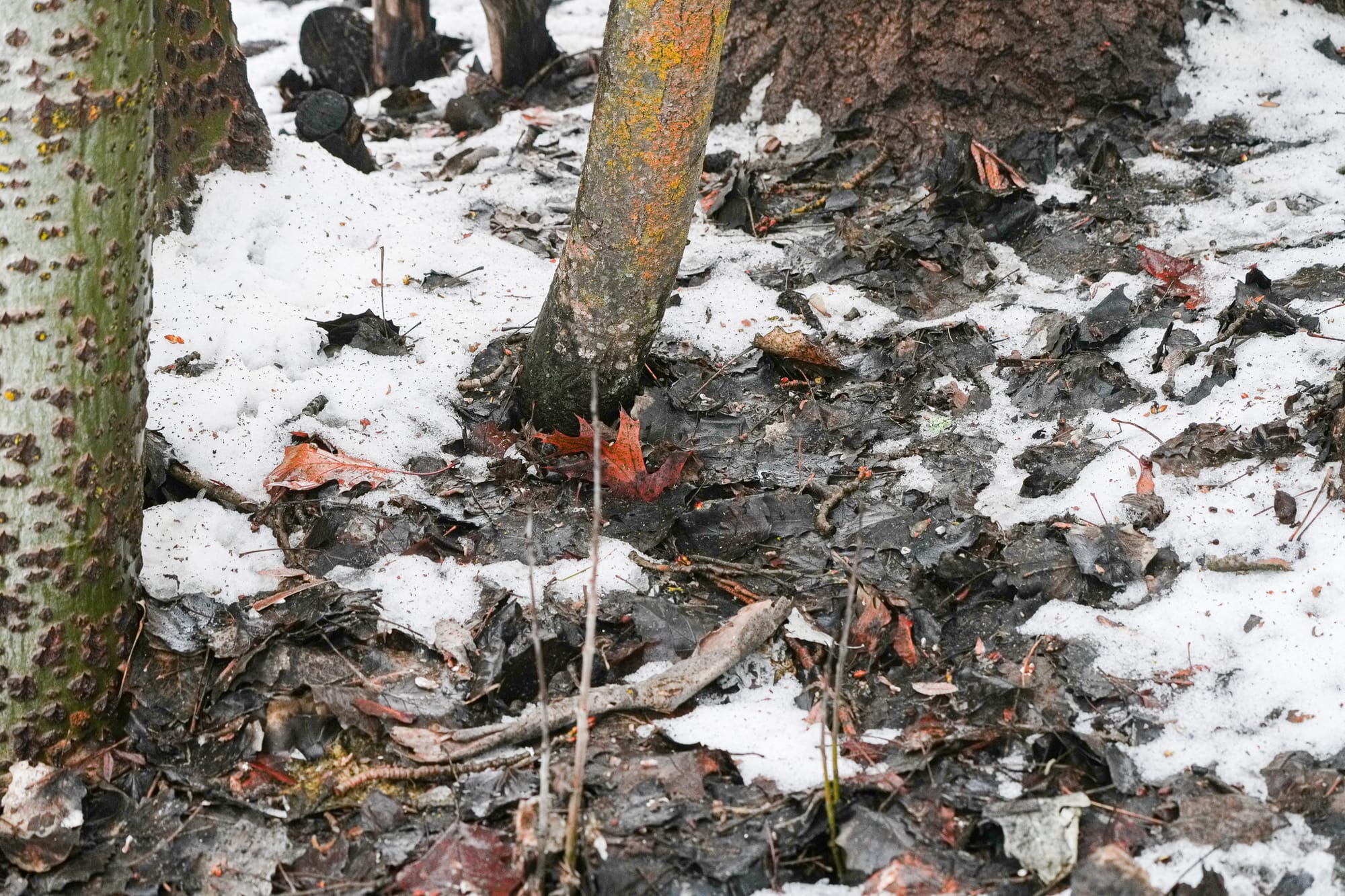
This is a real conundrum because all those nutrients might be washed away by winter rain and snow, or quickly eaten by soil microbes, and the tree gains nothing.
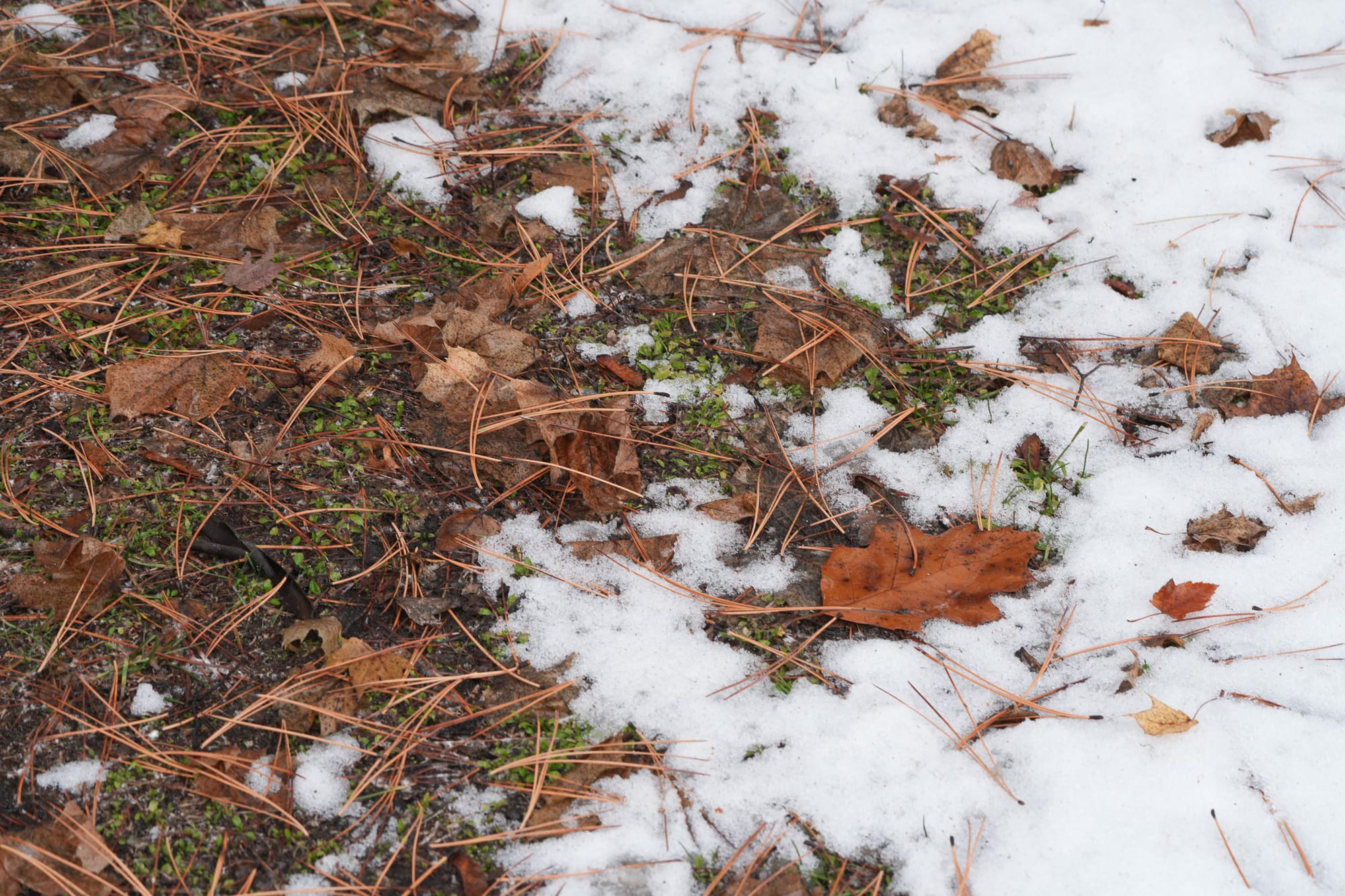
In response, trees instead hold onto as many leaves as they can and slowly drop them onto the ground, where the slow accumulation of leaves gives them more time to absorb nutrients that might otherwise be lost.
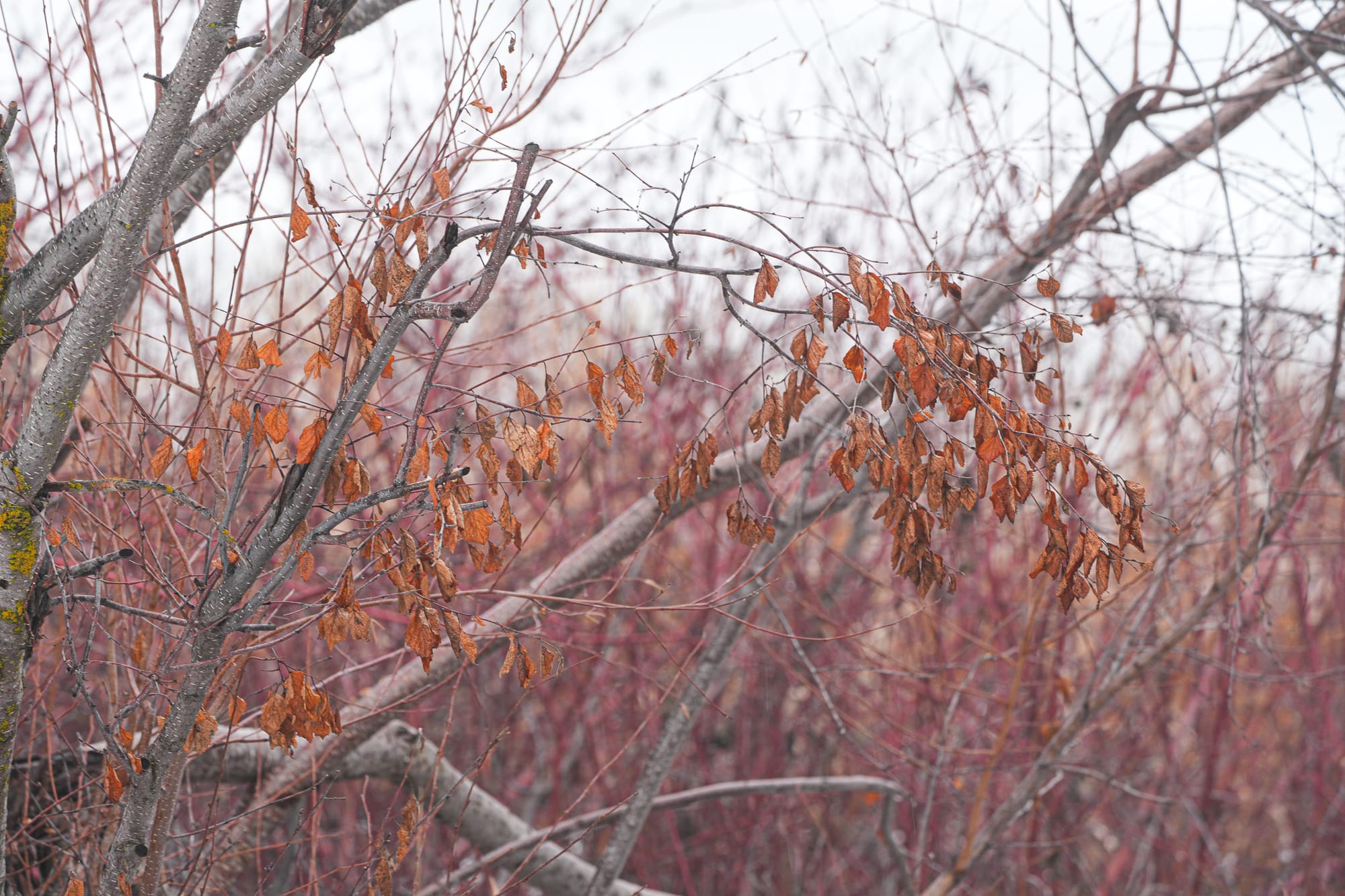
Last winter we had a remarkably warm autumn that turned into a deep freeze literally overnight. Many trees hadn't even started dropping their leaves yet, so trees were covered in dead leaves and people worried about them. Ultimately, it wasn't a disaster because it simply meant that trees had more leaves to drop and create compost in the spring!

